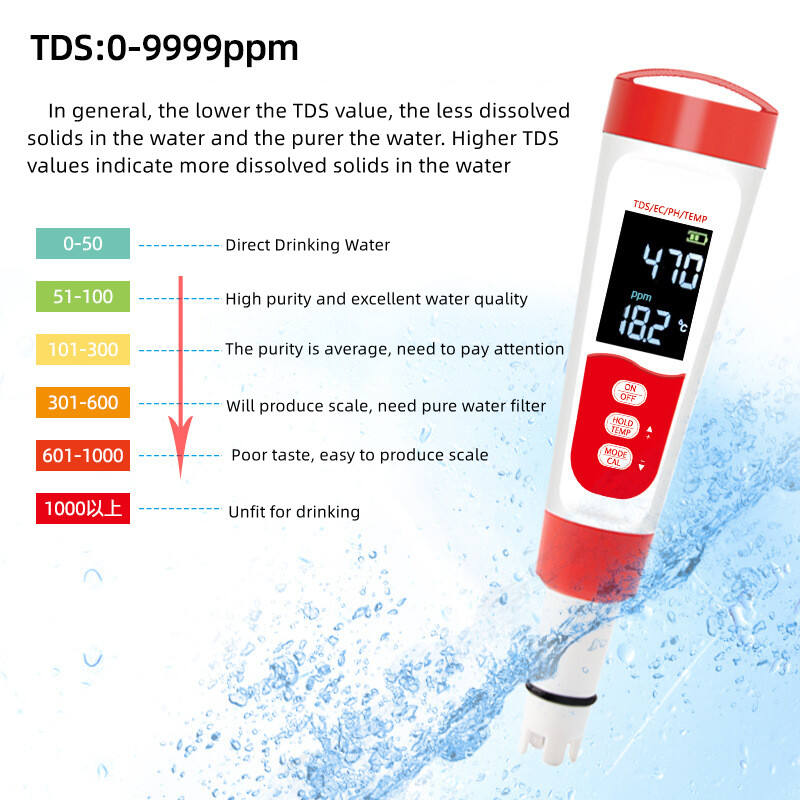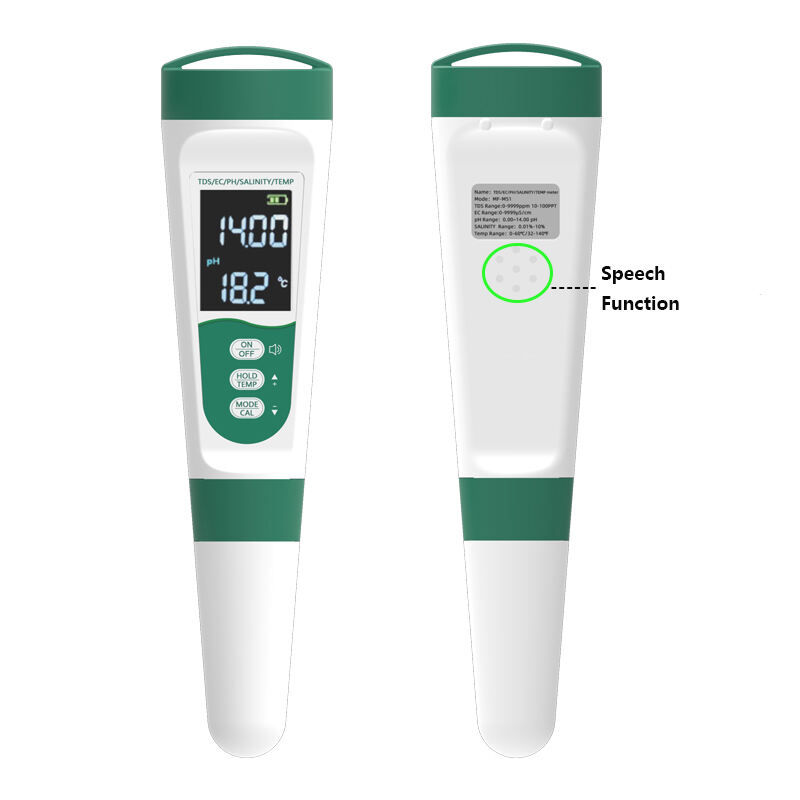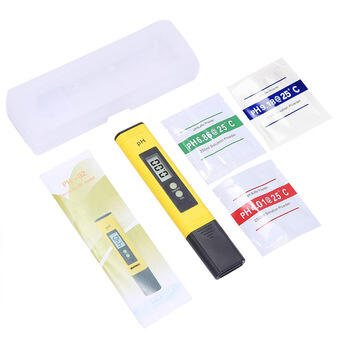ph salinity meter
A pH salinity meter is an advanced measurement instrument that combines the capabilities of measuring both pH levels and salinity in various solutions. This versatile device utilizes sophisticated electrode technology to provide accurate readings of both parameters simultaneously. The meter typically features a digital display that shows real-time measurements, making it essential for professionals in agriculture, aquaculture, water treatment, and scientific research. The instrument employs selective ion electrodes for pH measurement and conductivity sensors for salinity detection, ensuring precise results across different temperature ranges. Modern pH salinity meters often include temperature compensation features, waterproof housing, and data logging capabilities, allowing users to store and analyze measurements over time. The device can measure pH ranges from 0 to 14 and salinity levels from 0 to several thousand parts per million, depending on the model. Many units are designed with user-friendly interfaces, featuring calibration reminders, automatic buffer recognition, and stability indicators to ensure measurement accuracy. The portable nature of these devices makes them ideal for both field and laboratory use, while their durable construction withstands regular exposure to various chemical solutions.


